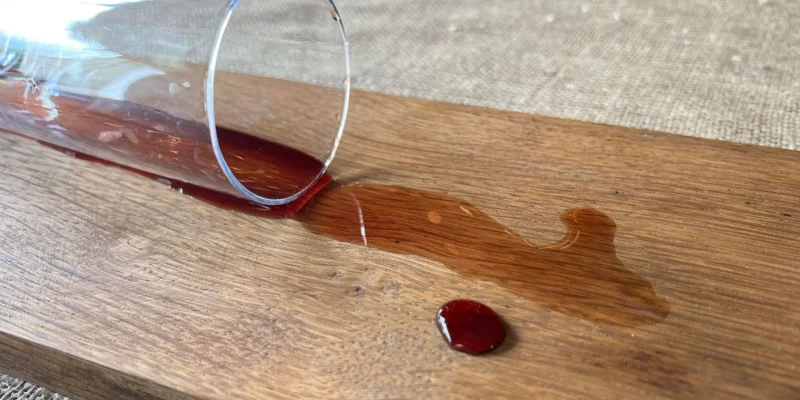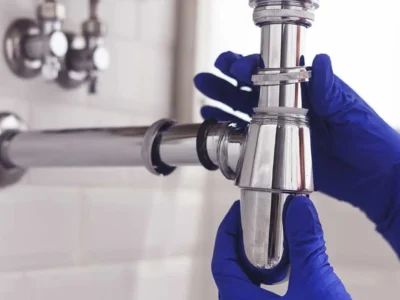What is tannin staining? Had you noticed a discoloration on the paint surface that is typically tan to brown in color? That is tannin stain. Paint tanning staining usually observed in woods such as redwood and cedar, which is more noticeable on light paint colors. Understanding tannin staining is a must so as to find an effective solution to the problem. Some of the reasons why tannin stain occurs are the following:
- Tannin stain can be caused by failure to prime and seal the surface properly before paint application.
- It can also be caused by improper use of primer, specifically not using tannin-stain resistant primer.
- A tannin stain can be caused by excessive humidity and moisture build-up.
How to address tanning stains?
Bay Valley Painting recommends the following simple ways to get rid of tannin stains.
Use of common household products such as vinegar and baking soda –
The acidic qualities of vinegar are well known for their ability to dissolve tannin stains. Using a clean cloth, apply vinegar to the stained area after mixing equal amounts white vinegar and water. After a few minutes, use a moist cloth to wipe it off. A great natural abrasive for removing stains from wood is baking soda. Mix baking soda and water to make a paste, then use a sponge or soft cloth to apply the baking soda paste to the affected area. Once the stain is removed, wipe it off with a clean cloth.
Use hydrogen peroxide –
Another powerful stain remover that might help get rid of tannin stain is hydrogen peroxide. Apply hydrogen peroxide to the stained area using a clean cotton ball, let the solution sit for a few minutes, and wipe it off with a moist cloth.
Take advantage of readily available commercial stain removers –
Commercial stain removers designed especially for tannin stains are widely available. Usually, the chemicals in these treatments dissolve tannins and remove them from the wood’s surface. Just make sure you do testing in a small portion of the wood to make sure the product is compatible with your wood.













Comments